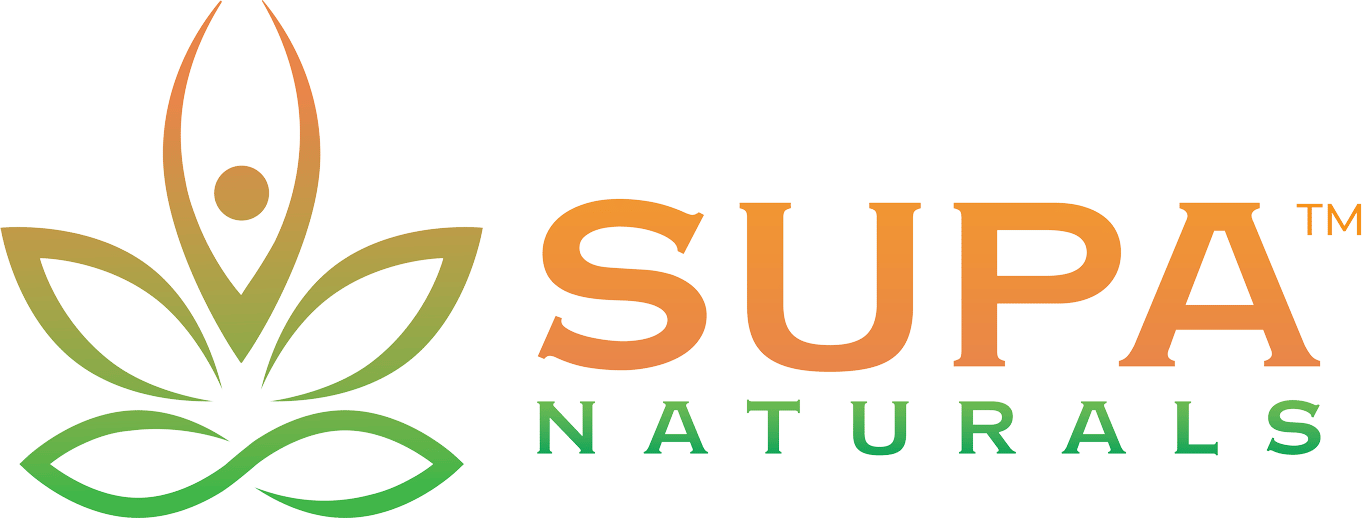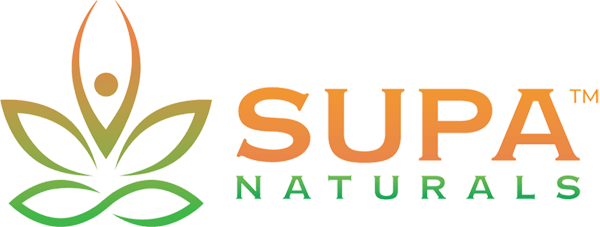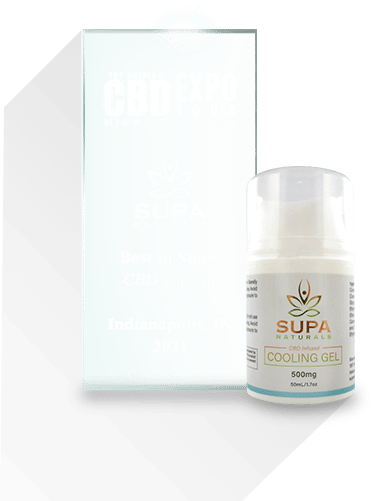How to Check if Your CBD is Legit: the SUPA Guide to Lab Reports and COA’s
CBD’s popularity has shot through the roof in the year or so it has been legal in the United States. The boom in popularity is so strong that 1 in 7 Americans have now used CBD, drawing comparisons between CBD’s popularity and a gold rush.
Unfortunately, that gold rush comes with costs: Bad actors who try to rip people off. A 2017 University of Pennsylvania study examined 84 types of CBD and found that nearly 70% were mislabeled for ingredient amounts and types of ingredients, including THC. This is dangerous for users and can result in serious physical, financial or legal jeopardy.
To address this lack of credibility, more reputable CBD sellers, like SUPA Naturals, have turned to third party vendors to conduct lab reports. These independent testers will then provide a Certificate of Analysis which confirms the ingredients and quantities of a CBD product.
This process has helped to ensure credibility within the CBD field and allows users to consume CBD with confidence that they are getting nothing but the best ingredients with accurate labeling.
What is a lab report and Certificate of Analysis, and how do you read them? Read on for more!
What is a Certificate of Analysis?
A Certificate of Analysis is a lab report provided by a third-party vendor. It should have a variety of information which will detail what is in the CBD you are purchasing, including ingredients and concentration levels.
If you are purchasing CBD on the internet, there should be a link to the Certificate of Analysis directly from the company’s website. If you are purchasing the product at a brick and mortar store, the packaging should have a QR code that you can use to access the lab report.
If you cannot find a Certificate of Analysis on a CBD product, or struggle to find it, do not make the purchase. There is no shortage of highly reputable CBD vendors out there, and a good CBD seller should make it as easy as possible for you to determine what is in their product.
Certificate of Analysis Basics
Let’s use the Certificate of Analysis provided by SUPA Internationals for their Full Spectrum MCT Oil.
Identifying information about the company: The name of the lab conducting the testing should be clearly visible (ProVerde Laboratories), as should their conduct information, and the individual responsible for the testing. There should also be a signature that confirms the authenticity of the person conducting the test.
Additionally, the lab report should explain how the analysis was done. In this case, the report notes that measurements were taken after heating and via Liquid Chromatography.
Identifying information of CBD: The Certificate of Analysis clearly identifies that the CBD being purchased by you is the CBD being tested. As you can see, that information is at the top of the lab test in the form of a Lot Number. That Lot Number (sometimes referred to as a batch number) should match the CBD which you ultimately receive.
Cannabinoid Profile: This is one of two sections that ultimately tells you what is in the CBD you are about to consume.
This part of the profile lists three columns.
- ID: This is the type of cannabinoid being tested. As you can see in this report, various types of CBD or THC are listed here.
- Weight %: This is the overall percentage of a product which is in the CBD. As you can see in this lab report, THC, CBD and trace amounts of CBC (Cannabichromene another type of cannabinoid), are present in this product. ND stands for “None Detected,” which means that none of these amounts are found in the product.
- Concentration: This is the actual amounts of a product, measured in a specified unit (in this case Milileters).
A couple of points about this particular lab report. First, the product advertises itself as full spectrum CBD, meaning that it should come with both CBD and THC. The lab report confirms that: D9-THC and CBD are clearly in this product.
Additionally, as noted above, no legal CBD should contain more than .03% THC. This product clearly falls within those legal limits, containing just .01% THC.
It is important to keep in mind that there are different types of CBD. Full spectrum CBD (which is what this product is) should have THC, but broad spectrum CBD not. If you do purchase broad spectrum CBD, all forms of THC should be at no detectable amounts.
Terpenes Profile: While the presence of CBD and THC in a product are obviously important, they are not the only important chemical compounds. For a CBD product to be truly effective, it must also contain a wide spectrum of terpenes.
Terpenes are chemical compounds found in CBD which can enhance the experience, provide additional benefits and alter the taste and smell of a product. They also interact with the CBD and THC to alter your experience with the compound.
There are many different types of terpenes, and the lab report here tests 27 of the more commonly found varieties. As you can see here, the lab report measures in PPM, or parts per million and contains one or more PPM of terpenes for seven different varieties.
Red Flags
While many companies conduct lab testing because they know that CBD customers are savvy enough to look to make sure that it has been done, that doesn’t guarantee that the lab report itself will be satisfactory. Many of these companies may hope you don’t click on the link and view the fine print. Here are some things you should look out for within the report.
- Conducted in-house: The purpose of a third-party report is that it should be conducted by an outside agency that is independent from the original vendor. It is a big red flag if a third party report has been conducted by the same agency which is selling the CBD.
- THC concentrations: For CBD to be legally sold in the United States, THC levels should be below .03%. If they are higher, the CBD is not legal and should not be purchased or consumed by you. Additionally, if you are purchasing broad spectrum CBD, there should be zero THC. If there is, do not purchase it.
The Bottom Line
Safe, reputable and high-quality CBD vendors want to make sure you get first-rate products. They will make it easy for you to find their lab reports because they have nothing to hide.
Now that you understand how to read a CBD lab report, make sure to apply this knowledge whenever you purchase CBD. You’ll be protecting yourself and rewarding honest CBD sellers.






